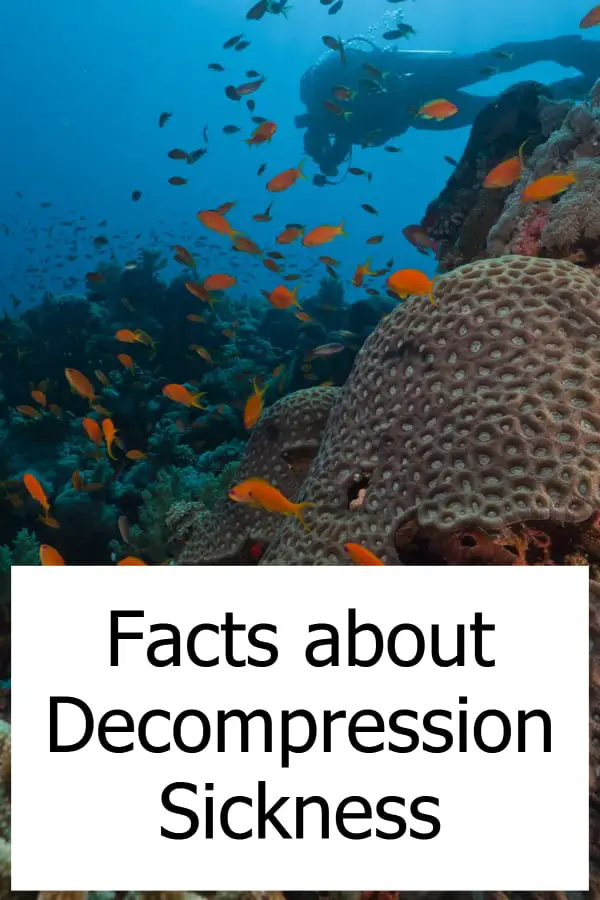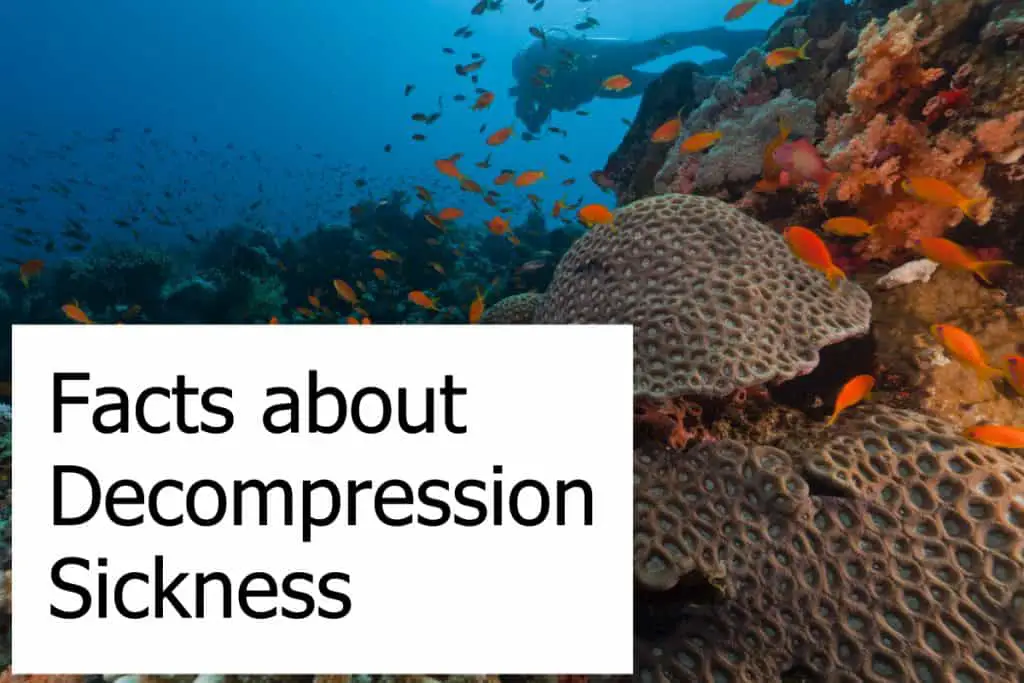The Facts about Decompression Sickness
Getting the “Bends” is something that every diver has heard about. Decompression sickness is a serious and life-threatening condition that is developed by divers.
There are a lot of myths about decompression sickness. Many people wonder how you get it and what it entails.
What Is Decompression Sickness?
Decompression sickness occurs when nitrogen in the bloodstream expands into a gaseous form. This can cause a multitude of symptoms. Decompression sickness typically occurs when divers have ascended too quickly or not followed proper decompression stop times.
Even though dives occur where there are no-decompression times, sometimes there is still a risk of developing decompression sickness. Freedivers are seeing more instances of decompression sickness because they are pushing the limits of how deep and how long they can dive – What is Decompression Diving?
Symptoms of decompression sickness very from person to person. According to the Navy the frequency of decompression sickness symptoms is as follows:
- 89% joint pain
- 30% leg pain
- 70% arm pain
- 5.3% staggers or dizziness
- 2.3% paralysis
- 1.6% shortness of breath
- 1.3% extreme fatigue or pain
- 0.5% collapse with unconsciousness
The onset of symptoms of decompression injury can occur at varying times. Typically, in 95% of cases, divers experience their symptoms within three hours of their dive. 50% of divers experience symptoms within 30 minutes of their dive. If you experience symptoms after 24 hours of a dive, they are likely not related to a decompression injury.
Because the nitrogen buildup is in your blood, decompression sickness will affect tissues that have higher blood volumes faster than tissue with lower blood volume. Many people will experience a crackling in their lungs as one of the first symptoms that they have an expansion injury or decompression sickness.
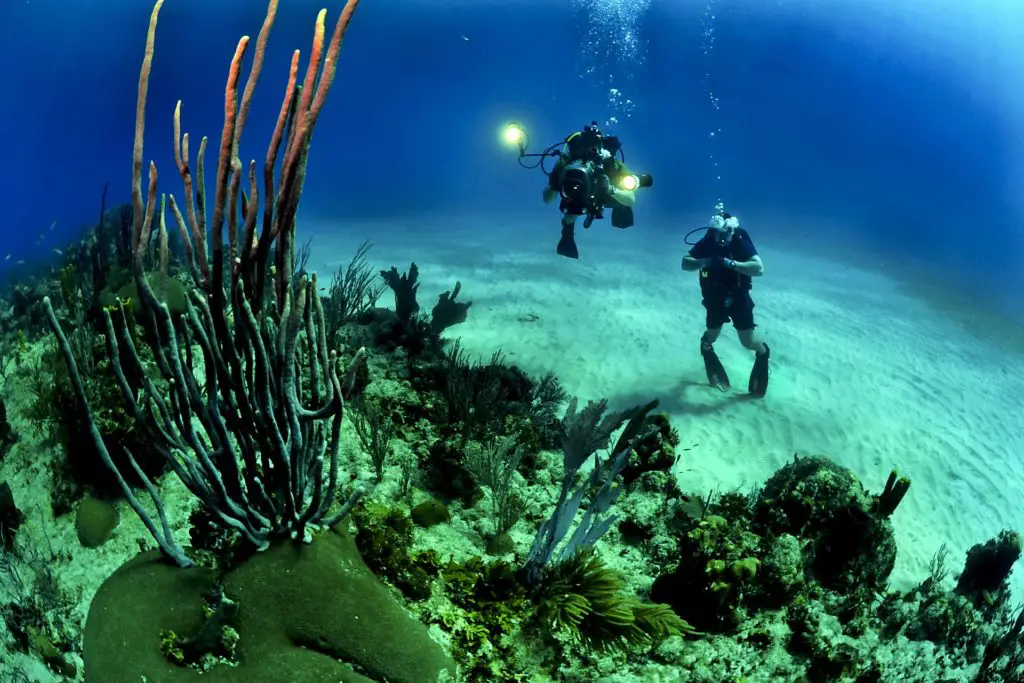
How Was Decompression Sickness Discovered?
Decompression sickness was first noticed in the mid-1840s. This is about the time that hard hat diving was becoming more prevalent. There was a shipwreck off of the coast of Portsmouth England. The shipwreck was getting in the way of port business, so the British Royal Engineers went to work.
Colonel William Pasley was responsible for removing the debris from the area. He designated a crew of hard hat divers to remove the ship debris from the area. The hard hat divers worked at an average depth of 65 feet for 7 hours a day. All of the divers who worked on this project came down with a mysterious disease that was described by a local historian as “attacks of rheumatism and cold.”
The use of dry diving bells or caissons also began to rise around the same time. These dry rooms kept at pressure allowed the workers to have unparalleled access to building underwater. They were engineering marvels.
Unfortunately, the workers in the caissons were prone to the same mysterious malady that plagued the British Royal Engineers. Because the workers in the diving bells were called caissons, decompression sickness was frequently referred to as Caisson Disease.
In 1878 a physiologist Paul Bert discovered the cause of Caisson Disease (decompression sickness). He discovered that breathing air under pressure increased the nitrogen in the tissue of the body. When they came up from the pressure, the nitrogen would turn into a gas state too fast and form bubbles throughout the blood and tissues.
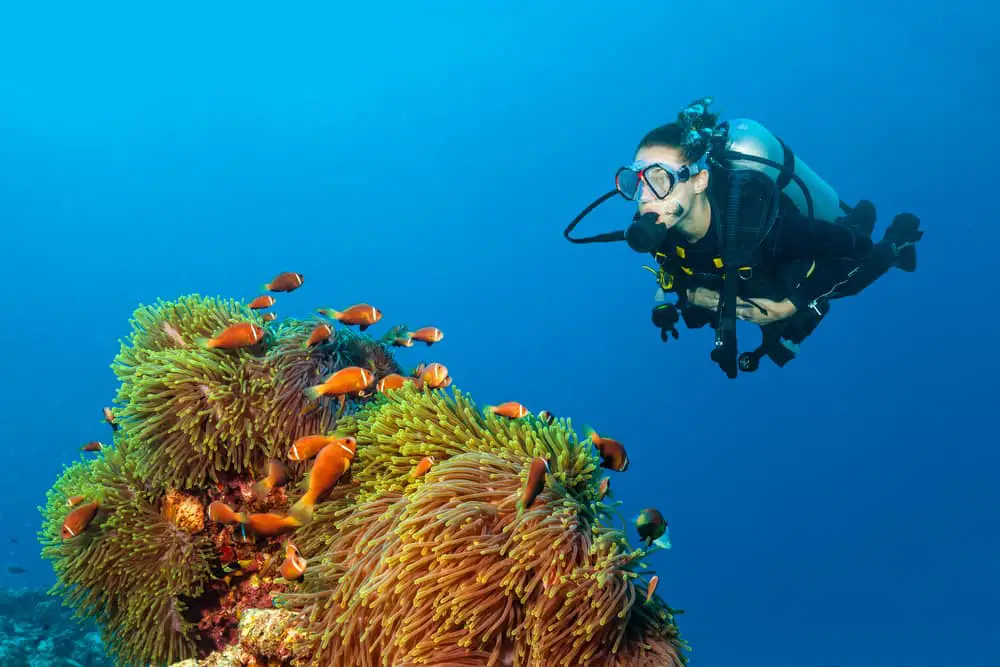
What Are the Treatments for Decompression Sickness?
The best treatment for decompression sickness is oxygen and recompression. The Divers Alert Network recommends that early first aid to a diver requiring medical treatment for a decompression injury is to receive oxygen. The oxygen can reduce symptoms but should not change the plan to get the diver to a recompression chamber.
If you suspect a decompression injury, it is important to get to a hospital immediately. Divers Alert Network specializes in interfacing with medical personnel to make sure that divers get the best treatment possible. Treatments can range from recompression in a hyperbaric chamber to receipt of isotonic fluids.
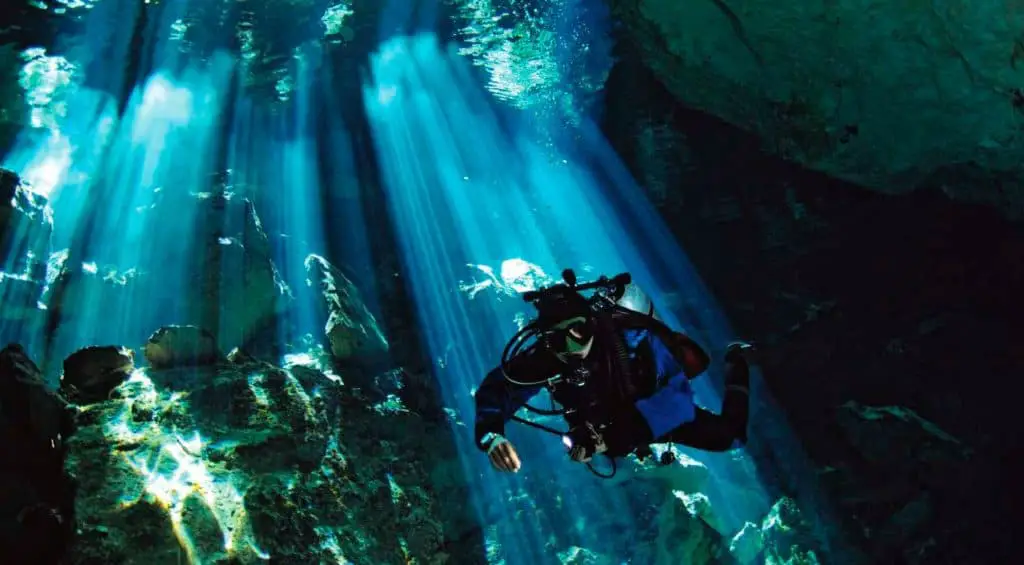
How Do You Avoid Decompression Sickness?
In 1907 Dr. J.S. Haldane discovered that to prevent decompression sickness you needed to relieve the pressure on the body gradually. Slowly relieving pressure did not allow the formation of nitrogen gas bubbles in the blood. Haldane’s method for preventing decompression sickness was called Stage Decompression.
Divers who have gotten their basic dive instruction know all about stage decompression. There is a standard “safety stop” or “decompression stop” built into any dive that is greater than one atmosphere of pressure. To see when decompression stops are necessary you can look up scuba diving decompression tables.
Taking proper precautions is the best way to prevent decompression sickness. But even those careful divers are still at risk of developing this life-threatening condition. Remember if you in time you suspect that you may have decompression sickness it’s important to seek immediate medical attention.
If you notice strange behavior from a dive partner after a dive, it may indicate decompression sickness. Everyone should be on the lookout for this illness. Quick treatment is the only way to survive decompression sickness.
